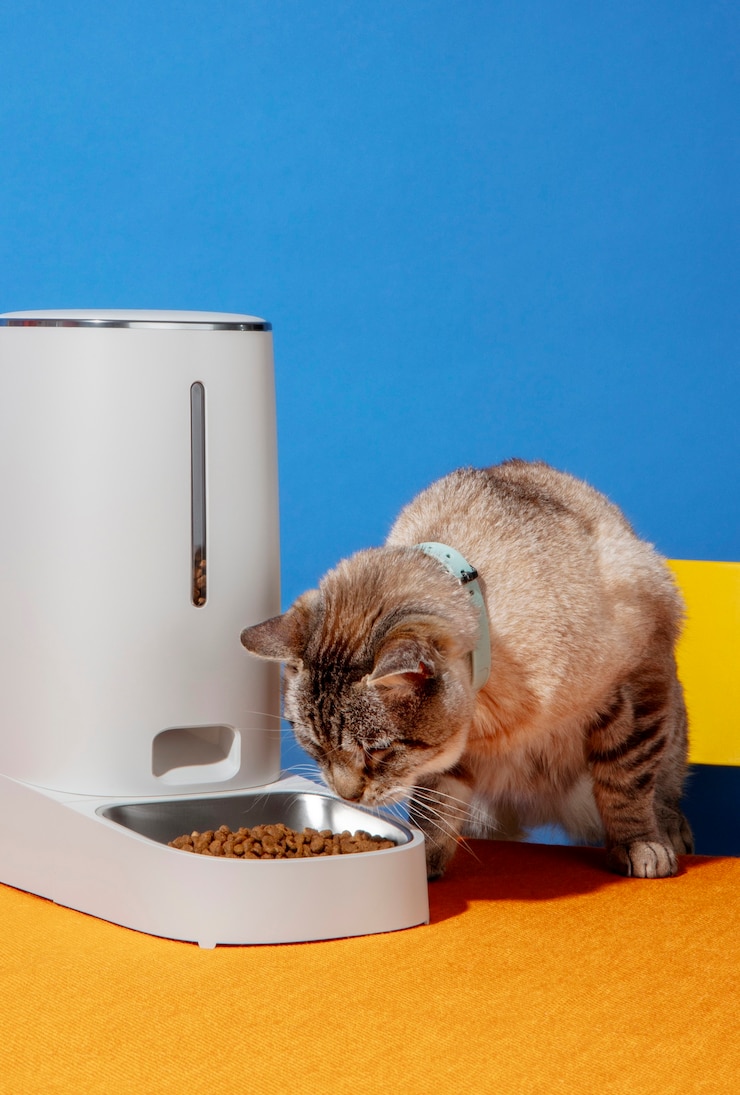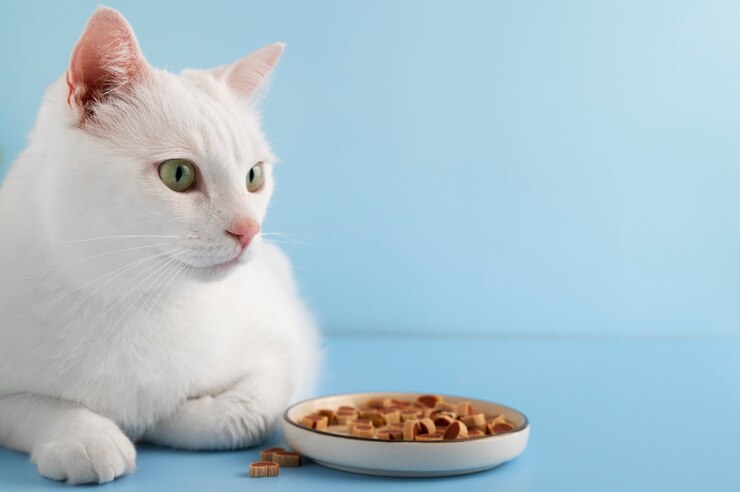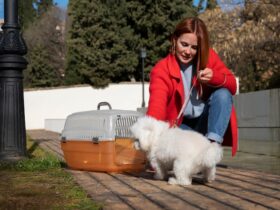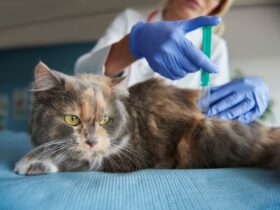Feeding your feline friend on the right diet isn’t just a matter of preference—it’s a necessity for their health and happiness at every age. From the energetic days of kittenhood to the graceful aging of senior cats, nutritional needs change dramatically. Understanding these evolving requirements can make a big difference in your cat’s quality of life. In this guide, we explore the most appropriate and nutritionally balanced options for kittens, adults, and senior cats.
Why Life Stage Nutrition Matters?
Cats, like humans, go through significant developmental and physiological changes as they age. Each life stage requires tailored nutrients to support growth, energy levels, and disease prevention. Kittens need more calories and protein to support rapid development, while senior cats may require food that supports joint health and reduces the risk of kidney issues.
Choosing food that matches your cat’s current life stage plays a key role in ensuring:
- Optimal weight management, digestion, and overall vitality throughout their lifespan.
Providing a diet that matches your cat’s age is more than just good practice—it’s a foundation for lifelong health.
Nourishing Young Lives: What Every Kitten Needs to Grow Strong
The First Year is Crucial
Kittens are in a state of rapid growth, requiring a diet high in calories, protein, and fat. This is the stage where bones, muscles, and immune systems are developing. Look for foods labeled “complete and balanced” for growth, which typically include higher levels of DHA, calcium, and protein.
Many veterinarians recommend feeding kittens three to four small meals a day. These frequent meals accommodate their small stomachs while providing a steady supply of energy.
Choosing the Right Kitten Food
Soft, wet food works well for most kittens because it’s gentle on their teeth and helps them stay hydrated. That said, you can gradually add in some quality dry food to support dental development.

Adult Cats: Balanced Maintenance
Maintaining a Healthy Weight
Once your cat reaches adulthood—typically between one and seven years—it’s time to shift to a maintenance diet. Adult cats are less active than kittens and need fewer calories. Focus on foods that balance protein, fats, and limited carbohydrates.
One key consideration at this stage is portion control. Overfeeding is a common cause of obesity in adult cats, which can lead to diabetes, joint problems, and other health complications.
Flavor and Nutrition
Adult cats can be finicky eaters, so flavor variety is important. Rotating protein sources like chicken, turkey, or fish can keep your cat engaged with meals while still getting the essential amino acids they need.
Senior Cats: Gentle Support for Golden Years
Changing Nutritional Needs
Senior cats, usually classified as seven years and older, face a new set of dietary challenges. They may have reduced appetite, decreased kidney function, or dental issues that affect eating. It’s essential to transition to a senior formula that addresses these concerns.
Senior cat foods often contain:
- Lower phosphorus levels to support kidney health and glucosamine is added for joint support.
Moisture-rich food is especially important to help maintain hydration and prevent urinary tract issues common in older cats.
Watch for Health Signs
Regular vet checkups are crucial at this stage. Monitor weight, energy levels, and eating habits to catch any issues early. A sudden change in appetite or behavior can be a signal that dietary needs are no longer being met.
Conclusion: Tailoring Nutrition for Every Life Stage
From bouncing kittens to wise old mice, your cat deserves food that matches their unique stage of life. Feeding age-appropriate meals isn’t just about keeping them full—it’s about giving them the best chance to a long, healthy, and happy life.
Choosing the best cat foodsWhy It Matters if Your Dog Likes Their Food means understanding your cat’s life stage and responding to it with tailored, high-quality nutrition. A proactive approach today can prevent many health issues.
Your cat may not say “thank you,” but those contented purrs and tail flicks? That’s their way of showing it.








